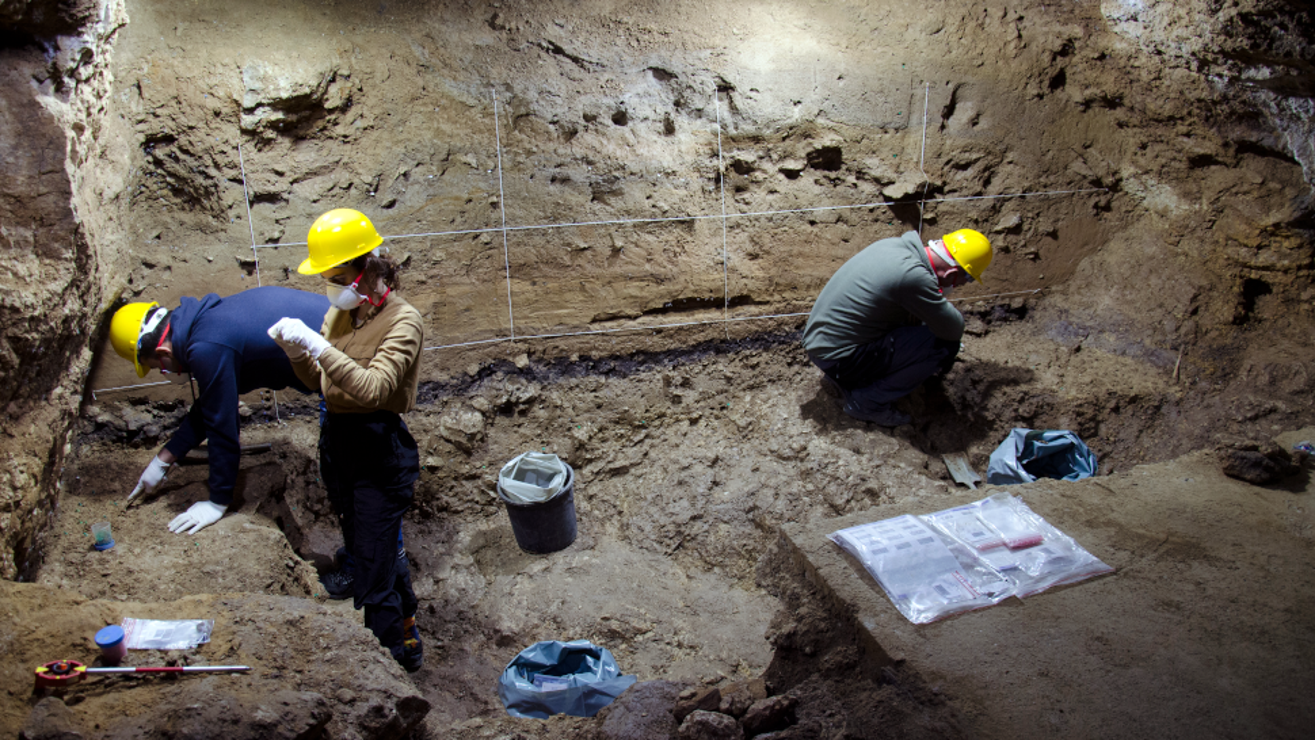Ole Ginnerup Schytz had never used a metal detector before. He first gave it a shot on a former classmate's land in Vindelev, Denmark, in December.
Within hours of turning his detector on, Schytz stumbled across one of the largest treasure hoards ever found in the country.
"Well, that's the epitome of improbable luck," the rookie detectorist said in an interview with Danish outlet TV Syd earlier this month. "Denmark is 43,000 square kilometers, and then I happen to choose to put the detector exactly where this find was."
Read the rest of this article...
:focal(700x527:701x528)/https://tf-cmsv2-smithsonianmag-media.s3.amazonaws.com/filer_public/39/a3/39a3a13c-2f62-4c10-afba-a60172b587a2/tile.jpg)



/https://tf-cmsv2-smithsonianmag-media.s3.amazonaws.com/filer_public/49/79/4979c9ba-8023-460b-8551-91eebc1207fa/vinland_map_hires.jpeg)


